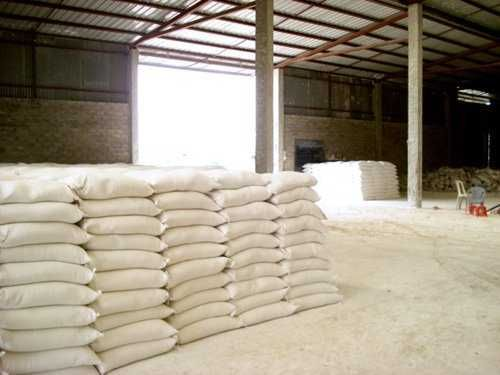LIMESHELL weathering coarse lime materials for coolingness on terrace. Limeshell weathering coarse used in building products is broadly classified as pure, hydraulic. But Normal lime; can be natural or artificial; and may
be further identified by its magnesium content such as dolomitic or magnesium lime. Uses include lime mortar, lime plaster, lime render, lime-ash floors,
LIMESHELL weathering coarse lime materials for coolingness on terrace. Limeshell weathering coarse used in building products is broadly classified as pure, hydraulic. But Normal lime; can be natural or artificial; and may
be further identified by its magnesium content such as dolomitic or magnesium lime. Uses include lime mortar, lime plaster, lime render, lime-ash floors, tabby concrete, whitewash, silicate mineral paint, limestone
blocks which may be of many types. The qualities of the many types of processed lime effect how they are used. The Romans used two types of lime mortar to make Roman concrete which allowed them to revolutionize architecture,
sometimes called the Concrete Revolution.
Limeshell weathering coarse has many, complex qualities as a building product including workability which includes cohesion, adhesion, air content, water content, crystal shape, board-life, spreadability, flowability; bond
strength; comprehensive strength; setting time; sand carrying capacity; hydrolocity; free lime content; vapor permeability; flexibility; and resistance to sulfates. These qualities are effected by many factors during
each step of manufacturing and installation including the original ingredients of the source of lime; added ingredients before and during firing including inclusion of compounds from the fuel exhaust; firing temperature
and duration; method of slaking including a hot mix (quicklime added to sand and water to make mortar), dry slaking and wet slaking; ratio of the mixture with aggregates and water; the sizes and types of aggregate;
contaminants in the mixing water; workmanship; and rate of drying during curing
Limeshell weathering coarse is also known as fat, rich, common, air, slaked, slack, pickling, hydrated, and high calcium lime. It consists primarily of calcium hydroxide which is derived by slaking quicklime (calcium oxide),
and may contain up to 5% of other ingredients. Pure lime sets very slowly through contact with carbon dioxide in the air and moisture; it is not a hydraulic lime so it will not set under water. Pure lime is pure white
and can be used for whitewash, plaster, and mortar. Pure lime is soluble in water containing carbonic acid, a natural, weak acid which is a solution of carbon dioxide in water and acid rain so it will slowly wash away,
but this characteristic also produces autogenous or self-healing process where the dissolved lime can flow into cracks in the material and be redeposited, automatically repairing the crack.
shell weathering course uses Semi-hydraulic lime, also called partially hydraulic and grey lime, sets initially with water and then continues to set with air. This lime is similar to hydraulic lime but has less soluble
silica (usually minimum 6%) and aluminates, and will set under water but will never harden.
Hydraulic lime is also called water lime. Hydraulic lime contains lime with silica and/or alumina and sets with exposure to water and can set under water.[11] Natural hydraulic lime (NHL) is made from a limestone which
naturally contains some clay. Artificial hydraulic lime is made by adding forms of silica and/or alumina such as clay to the limestone during firing, or by adding a pozzolana to pure lime.[10] Hydraulic limes are classified
by there strength: feebly, moderately and eminently hydraulic lime. Feebly hydraulic lime contains 5-10% clay, slakes in minutes, and sets in about three weeks. It is used for less expensive work and in mild climates.
Moderately hydraulic lime contains 11-20% clay, slakes in one to two hours, and sets in approximately one week. It is used for better quality work and exterior walls in freezing climates. Eminently hydraulic lime contains
21-30% clay, slakes very slowly, and sets in approximately a day. It is used in harsh environments such as damp locations and near saltwater. Hydraulic lime is off-white in color. "The degree of hydraulicity of mortars
will affect many characteristics. By selecting an appropriate ratio of clay to limestone mortars that carbonate or set hydraulically to a varying extents can be designed for particular application requirements such
as setting time, strength, colour, durability, frost resistance, workability, speed of set in the presence of water, vapour permeability etc.
